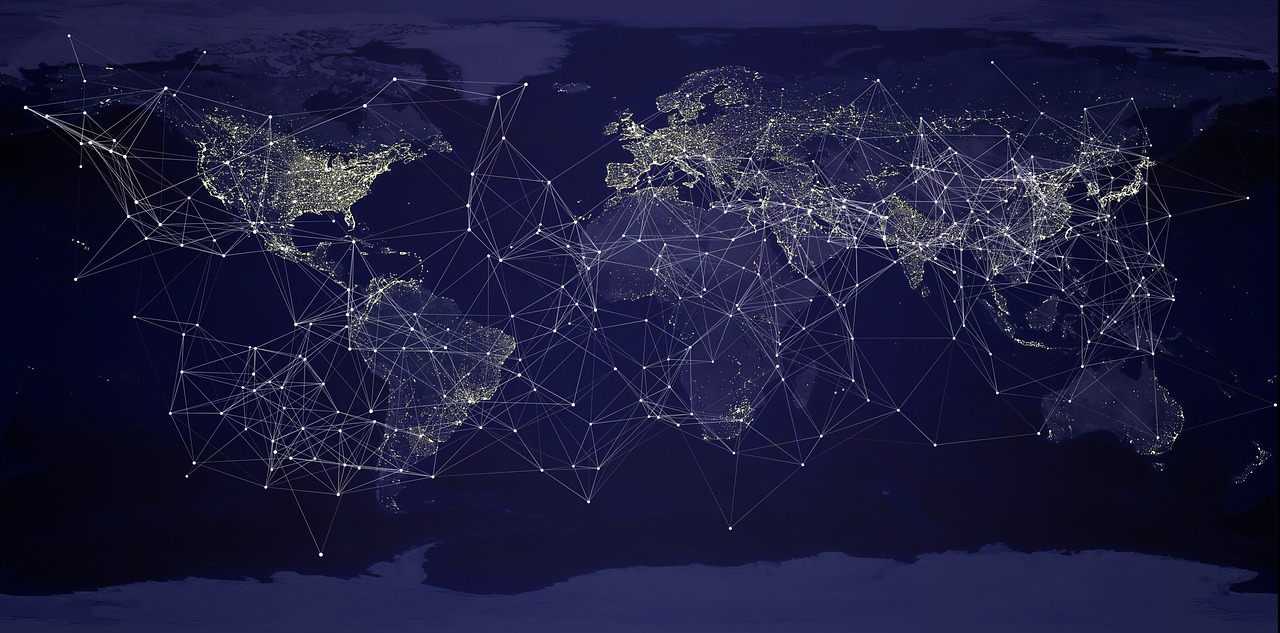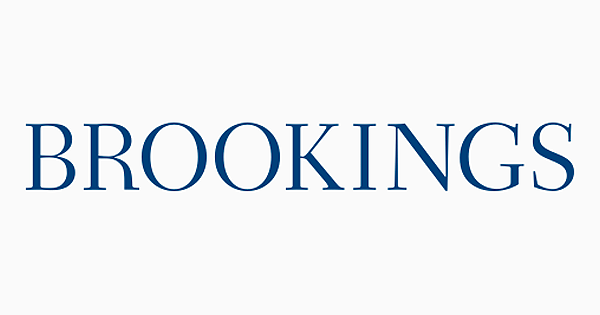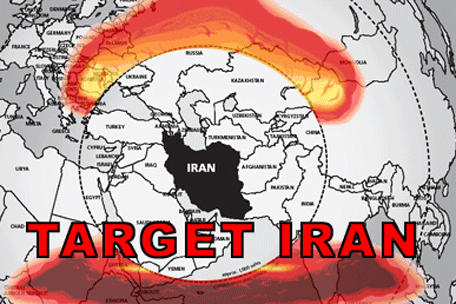
As the distance between rich and poor grows in the United States, few consequences are so overlooked as the humiliating divide in dental care. High-end cosmetic dentistry is soaring, and better-off Americans spend well over $1 billion each year just to make their teeth a few shades whiter.
Millions of others rely on charity clinics and hospital emergency rooms to treat painful and neglected teeth. Unable to afford expensive root canals and crowns, many simply have them pulled. Nearly 1 in 5 Americans older than 65 do not have a single real tooth left.
Over two days at the civic center, volunteer dentists would pull 795 teeth. A remarkable number of patients held steady jobs — a forklift operator, a librarian, a postal worker — but said they had no dental insurance and not enough cash to pay for a dentist.
Matello had both problems, adding to her frustration about being cut off from a world that many wealthier Americans take for granted.
“The country is way too divided between well-off people and people struggling for everything — even to see the dentist,” she said. “And the worst part is, I don’t see a bridge to cross over to be one of those rich people.”
Matello voted for Barack Obama in 2008, thinking he offered the best option for working people, but she sat out the 2012 election. Last year, she rallied behind Trump after listening to him talk about “the forgotten men and women of our country, people who work hard but don’t have a voice.”
“I’m running to be their voice,” Trump said repeatedly.
What Matello heard was a promise “to restore pride to the working poor.”
A big part of that promise was Trump’s assurance that he would build a “beautiful” health-care system to serve every American, a system that would cost less and do more. But nearly four months into Trump’s presidency, Matello sees Trump backing a Republican health-care plan that appears to leave low-income people and the elderly worse off.
“I am hearing about a number of people who will lose their coverage under the new plan,” Matello said. “Is Trump the wolf in grandma’s clothes? My husband and I are now saying to each other, ‘Did we really vote for him?’ ”
Matello said she has no option but to keep hoping Trump will devise “a plan so we can all feel the benefits of a better economy.” But since he took office, Trump has focused on so many other things — most recently, his decision to fire the FBI director — that Matello has begun to wonder about his promises to the working class:
“Was he just out to get our votes?”
Straight, white teeth are associated with social success — just about everyone on TV or with a big job has them. People drop $2,000 per tooth on porcelain veneers to hide the smallest imperfections. Trump has unusually perfect, snow-white teeth, prompting numerous cosmetic dentists to publicly note that he seems to have had expensive work done.
“If I see someone with perfect teeth, I think, ‘Oh, man, they’re out of my league,’ ” Matello said. “Us poor people ‘status’ each other. We’re like, ‘Ah, dude, you don’t have any teeth!’ Or if you see someone with little jagged yellow stubs, you think, ‘Oh, man, you have lived here your whole life, haven’t you?’ ”
“Here” is Maryland’s Eastern Shore, the poorest part of one of the country’s richest states. It’s a region famous for chicken farms: Perdue’s national headquarters is here in Salisbury, a town of 30,000. Matello lives 20 miles north, in Laurel, Del., near fields that sprout corn, watermelons and soybeans.
In these rural areas, even the water can work against people. Many homes, including Matello’s, rely on well water. Unlike water from public systems, well water is not fluoridated. Nationwide, 25 percent of Americans are not connected to a fluoridated water system and, therefore, are missing out on what the Centers for Disease Control and Prevention called one of the 10 great health advances of the 20th century.
“It’s all well water, no fluoride,” said Patricia Higgins, one of the dentists volunteering at the Salisbury clinic. “In these places, we see people with a different level of dental problems.”
George Acs, director of the dental department at Chesapeake Health Care, a clinic near Salisbury, said people with oral pain and infections are inundating hospitals. Last year, more than 2 million U.S. emergency room visits were attributed to neglected teeth.
“What I am seeing is absolutely horrifying,” said Acs, who recently testified about the problem before the Maryland state legislature.
Although those hospital visits cost an estimated $1.6 billion a year, the ER is generally not equipped to fix dental problems, Acs told lawmakers. So ER doctors just medicate people with “a perpetual cycle of antibiotics and opioids.”
That cycle is feeding a nationwide epidemic of opioid addiction. Meanwhile, Higgins said, Americans’ increasing reliance on all kinds of drugs is further ruining their teeth. Many drugs cause dry mouth, which leads to more cavities. When she started her practice 35 years ago, she said, people took far fewer prescription drugs. Now patients hand her computer printouts with long lists of them.
Matello’s problem wasn’t complicated: a molar shattered years ago. The 46-year-old mother of three had not seen a dentist in nine years. When parts of her tooth broke off, she knew fixing it could cost hundreds of dollars, and other bills were always more urgent.
Then she heard on TV that the nonprofit Mission of Mercy was coming to the Eastern Shore to host one of the free dental clinics that had drawn overnight crowds in Nebraska, North Carolina and other parts of the country. So she decided to take Friday off.
Matello and her husband own a small vending-machine business called DeeLicious, spending their days restocking 69 machines installed in factories, schools and office buildings. They offer granola bars and other healthful snacks, but Snickers sell best.
Life was easier before the recession hit in 2007. Her husband managed a furniture warehouse, making more than $70,000 a year, and she sold fishing boats, adding to their income. But then people stopped buying big-ticket sofas and boats, and they both lost their jobs.
So they started buying vending machines and earn about $47,000 a year. Matello said she doesn’t know if the country’s rich-poor divide is worse now, but it sure feels more “in your face.”
“I am just fed up with it,” she said. “I don’t do Facebook. It’s ‘I went on this trip’ or ‘I got this new thing.’ You know, I really don’t need to see how great you are doing. It puts me in a state of depression.”
She said people judge success based on what people wear or where they live, and she even catches herself doing it. Washington, for example, is just 150 miles west, but to Matello it feels a planet away, totally out of reach.
“It’s a beautiful city to drive through. But I could never live there. I wouldn’t fit in,” she said. “I don’t have the toys, the education, the money to live there. We have nothing in common. That divide is why you see lower income people rising up, being mad at affluent people.”
And teeth, she said, “are the telltale, visible sign of wealth.”
The Washington region has one of the greatest concentrations of dentists in the world, with many offering high-end services in offices that resemble luxury spas. More than 50 million Americans, by contrast, live in areas officially designated by the federal government as Dental Health Professional Shortage Areas. A great many of them are working poor.
“It’s completely skewed. You have the fewest dentists where the need is greatest,” Acs said. He recently sent a patient here with impacted wisdom teeth 120 miles to find a dental specialist who accepts Medicaid.
Louis Sullivan, a physician who was secretary of health and human services under President George H.W. Bush, said “broad systemic problems” block access to dentists.
First, new dentists often start out with significant debt, and they gravitate toward wealthy areas where they have a better shot at making money. The typical graduate from a four-year, post-collegiate dental school owes $260,000 — more than the average medical student.
Then they set up solo practices, shouldering pricey overhead — equipment, office space, a receptionist — that accounts for much of a patient’s bill. While younger dentists are more likely to join groups that share costs, the century-old model of the solo practice has resisted change.
Then there’s the matter of payment. Teeth generally are treated separately from the rest of the body, a tradition that dates to dentistry’s origins as a specialty of barbers, who performed oral surgery and pulled teeth. Today, many public health officials view that division as a mistake. Poor oral health can lead to heart disease and other serious medical problems, and tooth loss can lead to depression and difficulty eating and speaking.
The separation extends to insurance. Even Medicare, the federal health program that covers 55 million seniors and disabled people, does not cover dental problems. For that, people must buy dental insurance, which typically limits annual benefits to about $1,500 per person — an amount that has barely budged in decades, even as costs have risen.
The price of employer-provided plans varies greatly, and can cost a family $500 a year or more, industry experts said. For those whose jobs don’t offer dental benefits, it can be even more expensive. So tens of millions go without: More than a third of American adults have no dental coverage, according to the ADA’s Health Policy Institute.
Children’s coverage has been improving. All states are required to provide dental benefits to children on Medicaid and the Children’s Health Insurance Program. Obama’s Affordable Care Act currently requires medical plans to offer dental care to those younger than 19. But that requirement — and the dental benefits of 5 million adults newly covered under the ACA — are jeopardized by the Trump-backed health overhaul now being debated in Congress.
Adults who are poor enough, and live in certain states, can get coverage through Medicaid, the state-federal health program for low-income Americans. But only about 38 percent of dentists accept Medicaid — about half the rate of physicians — in part because of low reimbursement rates. On average, Medicaid covers about 37 percent of the bill, according to a recent ADA analysis. Dentists who don’t accept Medicaid also complain of bureaucratic hassle and high rates of canceled appointments.
In a handful of states, Medicaid offers no dental coverage for adults. Delaware, where Matello lives, is one of them. Which is why, on a damp Friday morning, she found herself lining up with hundreds of other people with aching teeth.
At 9:44 a.m., five hours after arriving in Salisbury, Matello finally made it inside the civic center and began to warm up.
“What do you need done?” she asked an older veteran in a wheelchair.
“Need nine teeth pulled,” he said. “My wife works at Rite Aid, and we don’t have any insurance.”
A little after noon, Matello’s number was called. A volunteer took her temperature; she was running a slight fever but not high enough to stop treatment.
Two more hours. Finally, she was waved over to an X-ray machine under a basketball hoop.
Just as Matello expected to be called for her turn in the dentist’s chair, a volunteer announced in a loud voice: “Those up to number 500 will be seen today. The rest will have to come back tomorrow.”
“You have to be kidding!” yelled a frustrated woman behind Matello. “I have to do this all over again?”
Matello’s eyes filled with tears. She had been waiting 10 hours.
A volunteer gave her a wristband that would put her at the head of the line the next day. So she drove home in her 18-year-old Jeep, ate dinner chewing only on the right side yet again, and set her alarm.
By 7 a.m. the next day, she was finally in one of the reclining chairs, with a dentist pointing a bright light into her mouth.
She stared up at the arena’s high industrial black ceiling. The whir of drills across the open room competed with Billy Joel’s “New York State of Mind” playing over a loudspeaker.
Robert Testani, a volunteer dentist from Catonsville, Md., examined Matello and checked her X-ray before easing a syringe of Novocain into her mouth. He prepared to pull her broken molar.
“Don’t worry. This is routine,” he said. He paused and looked around. “Except for the setting.”
Over two days, 116 dentists treated 1,165 patients, providing $1 million worth of fillings and other care, according to the Mission of Mercy. Matello was grateful. She was told her panoramic X-ray and extraction would have cost $600 to $800 in a regular office.
he looked at some of the others who had come here, despite working for a living cutting down trees, building homes, minding a town library, running small businesses.
“We are not staying home, not sleeping and living off the government,” she said.
She wondered why there wasn’t a better system for people like her. She tried not to look at the 51-year-old truck driver lying next to her who had three teeth pulled, his mouth stuffed with bloody gauze.
“I am trying to think that this is not demeaning,” she said as she cleared the chair for the next person in line. “But it is. It’s like a Third World country.”



Expositores: Oscar Vidarte (PUCP) Fernando González Vigil (Universidad del Pacífico) Inscripciones aquí. Leer más
Una retrospectiva para entender los próximos cuatro años. Leer más
En la conferencia se hará una presentación de los temas más relevantes del proceso de negociación se llevó a cabo desde el 2012, así como del acuerdo de paz firmado entre el Gobierno colombiano y la guerrilla de las FARC a finales del 2016. Se analizarán los desafíos y las... Leer más
El Observatorio de las Relaciones Peruano-Norteamericanas (ORPN) de la Universidad del Pacífico es un programa encargado de analizar y difundir información relevante sobre la situación política, económica y social de Estados Unidos y analizar, desde una perspectiva multidisciplinaria, su efecto en las relaciones bilaterales con el Perú.
© 2024 Universidad del Pacífico - Departamento Académico de Humanidades. Todos los derechos reservados.

